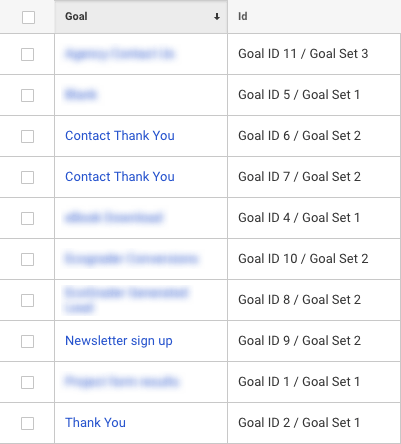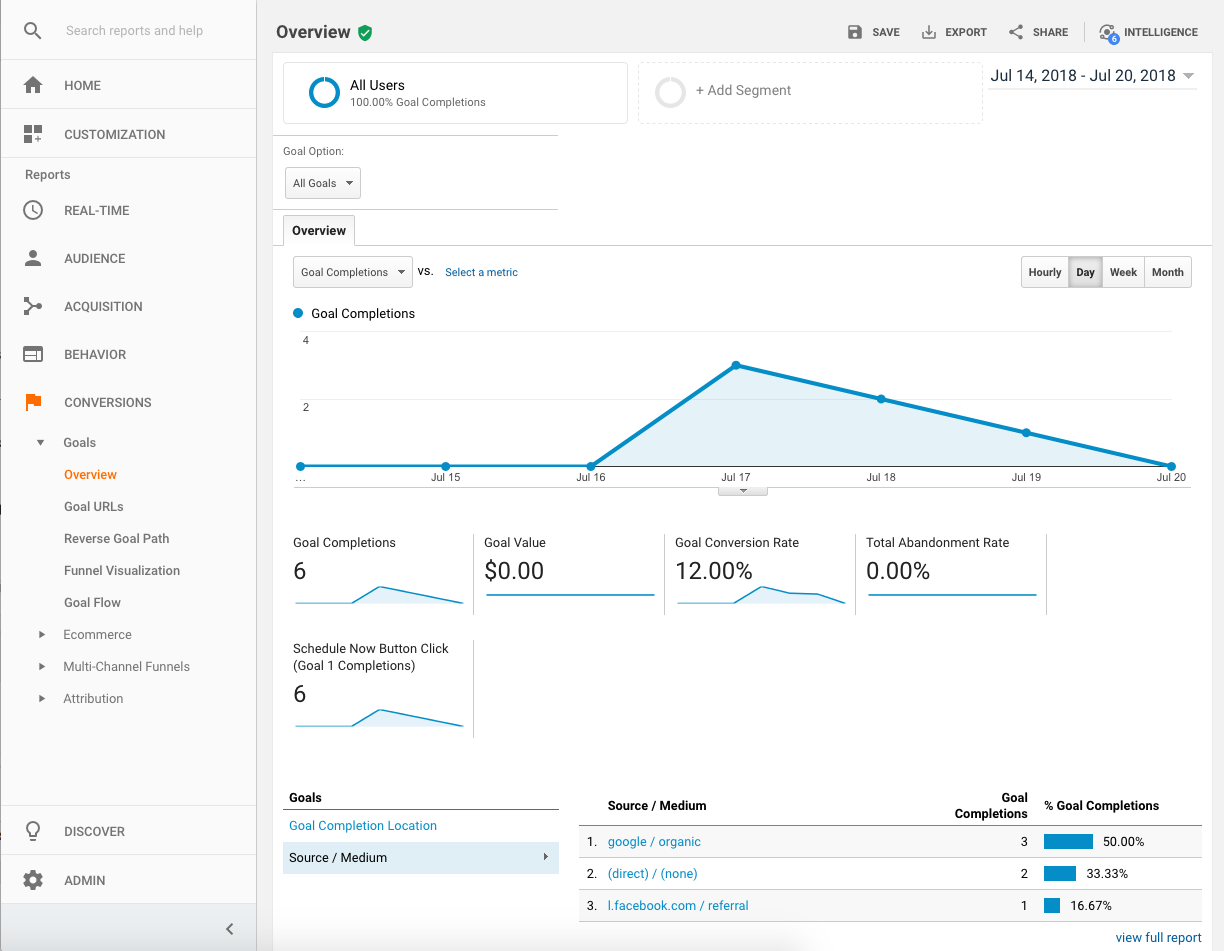Discovering What Data Is Google Analytics Goals Unable to Track
Discovering What Data Is Google Analytics Goals Unable to Track
Blog Article
Introducing the Blind Spots: Understanding What Google Analytics Goals Can not Measure
In the world of digital analytics, Google Analytics stands as an effective device for monitoring and examining on the internet customer communications. Amid its robust capabilities, there exist blind spots that frequently escape dimension. what data is google analytics goals unable to track. Understanding what Google Analytics goals can not gauge is critical for gaining a thorough sight of individual actions and interaction. As we dive into the details of these blind spots, we uncover a complicated internet of uncharted regions that hold useful understandings right into user actions and motivations, difficult conventional knowledge and clarifying the constraints of our data-driven understanding.
Customer Actions on External Operatings Systems
Recognizing how users engage on external platforms is vital for maximizing on-line techniques. Outside platforms, such as social media networks, recommendation websites, and on-line discussion forums, play a considerable function in driving web traffic to a company's site. By assessing customer behavior on these platforms, companies can get useful understandings into the performance of their marketing initiatives and the preferences of their target audience.
One trick facet of individual actions on outside platforms is the recommendation resource. By tracking where the users are originating from, organizations can recognize which systems are driving the most traffic to their site. This details can help firms assign their resources better, concentrating on the platforms that generate the very best outcomes.

Offline Communications and conversions
Evaluating user behavior on exterior platforms gives valuable understandings into on-line techniques; nonetheless, taking into consideration offline conversions and communications is just as vital for a comprehensive understanding of a company's overall efficiency. While Google Analytics succeeds at tracking on-line interactions, it falls short in capturing the complete consumer journey that frequently includes offline touchpoints. Offline conversions, such as in-store acquisitions or phone queries, play a significant function in many companies' success. Disregarding these interactions can cause an altered view of the efficiency of marketing projects and total company performance.

Attribution Beyond Last Click
When delving right into the world of digital advertising and marketing analytics, it comes to be vital to look beyond the solitary touchpoint of the last click for a more detailed understanding of acknowledgment. While Google Analytics supplies useful understandings right into user behavior, depending solely on last-click attribution can be restricting - what data is google analytics goals unable to track. Acknowledgment designs that exceed the last click offer a much more nuanced view of the client trip, taking into account all the touchpoints that cause a conversion
Acknowledgment beyond the last click enables online marketers to appoint credit scores to numerous communications along the conversion path, providing a more clear image of the efficiency of different advertising networks. By discovering multi-touch attribution versions such as straight, time degeneration, or position-based acknowledgment, companies can much better allocate their marketing budgets and maximize their approaches for optimal influence.
Understanding the impact of each anchor touchpoint in the conversion procedure is essential for making educated choices and optimizing ROI. By accepting attribution beyond the last click, services can get deeper understandings right into consumer actions and customize their marketing efforts much more successfully.
Cross-Device and Cross-Browser Monitoring

Likewise, cross-browser tracking complements cross-device tracking by recording customer behavior as they change between various internet browsers. Recognizing how individuals engage with web sites on numerous web browsers can assist marketing experts maximize their on-line experiences to make sure consistency and performance across different platforms.
Qualitative Data and User Intent
Comprehending user intent with qualitative information analysis is essential for developing targeted electronic advertising and marketing methods that reverberate with the requirements and choices of the target market. Qualitative information supplies understandings right into the 'why' behind customer activities, clarifying motivations, emotions, and preferences that quantitative data alone can not record. By analyzing individual responses, remarks, and communications, online marketers can discover valuable details regarding individual intent, enabling them to tailor their messaging, web content, and offerings to much better line up with what their audience is seeking.
Qualitative data additionally helps in understanding the context in which individuals engage with a website or app. This contextual understanding allows online marketers to create even more tailored and appropriate experiences, eventually driving greater involvement and conversion prices. By diving right into individual intent through qualitative information evaluation, organizations can obtain a much deeper understanding of their target audience, resulting in a lot more effective marketing strategies that satisfy users' demands and expectations.
Verdict
Finally, Google Analytics objectives have constraints in determining user actions on external systems, offline conversions, attribution past last click, cross-browser and cross-device monitoring, and qualitative data connected to individual intent. what data is google analytics goals unable to track. It is very important for organizations to be familiar with these blind areas in order to supplement their data evaluation with various other devices and approaches to gain a much more thorough understanding of their audience and boost their total digital advertising strategies
By examining customer actions on these systems, services can gain important what data is google analytics goals unable to track insights into the efficiency of their advertising and marketing initiatives and the choices of their target about his audience.
Analyzing individual behavior on external systems gives beneficial understandings right into on the internet methods; nonetheless, thinking about offline conversions and interactions is equally vital for a detailed understanding of a firm's total performance.In digital advertising and marketing analytics, moving beyond last-click acknowledgment to explore cross-device and cross-browser tracking is crucial for acquiring a holistic understanding of individual interactions throughout various systems and devices. By assessing user feedback, remarks, and communications, online marketers can discover important info concerning individual intent, enabling them to tailor their messaging, content, and offerings to much better align with what their audience is looking for.
By delving right into user intent via qualitative information analysis, services can gain a much deeper understanding of their target audience, leading to extra effective advertising methods that satisfy users' demands and expectations.
Report this page